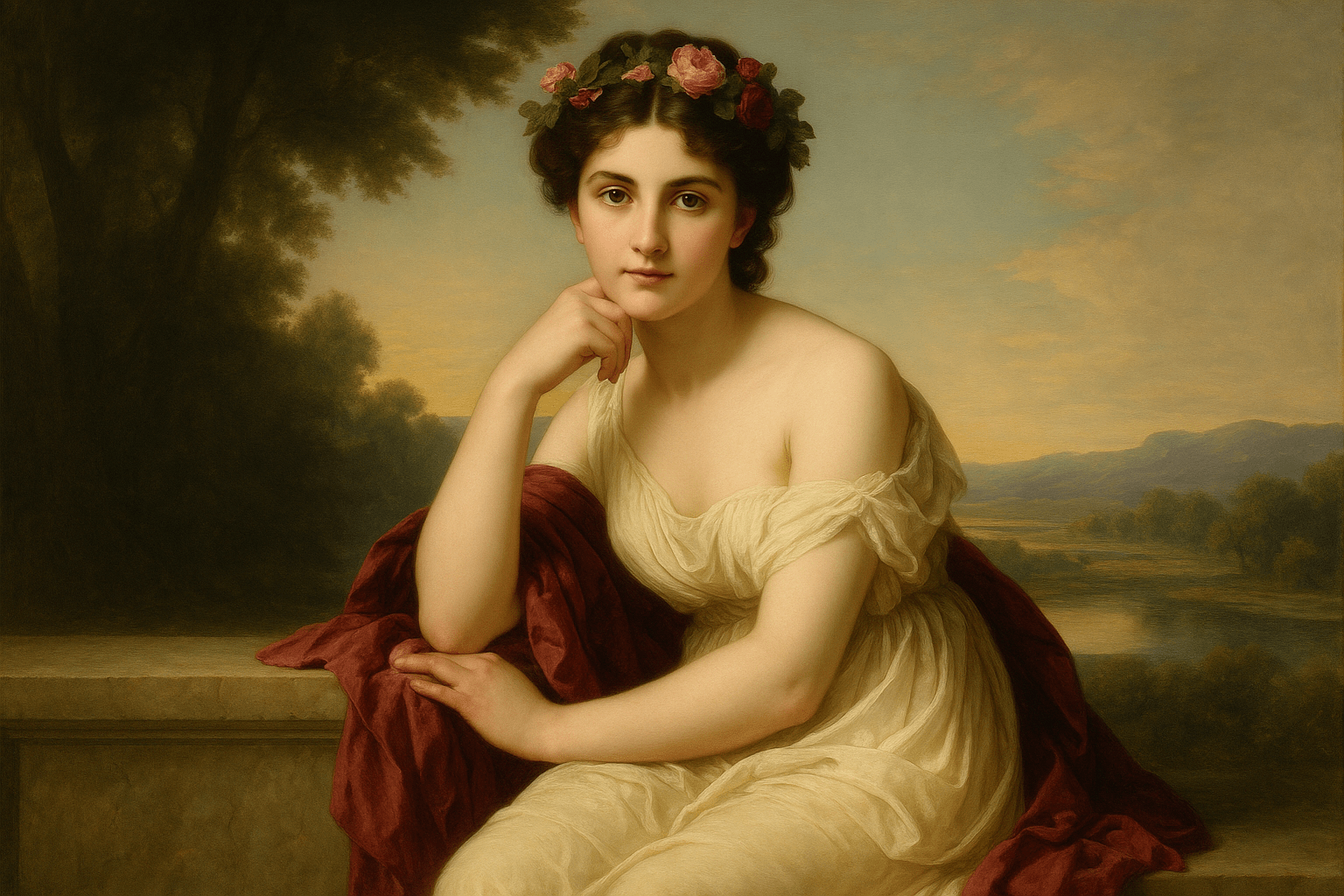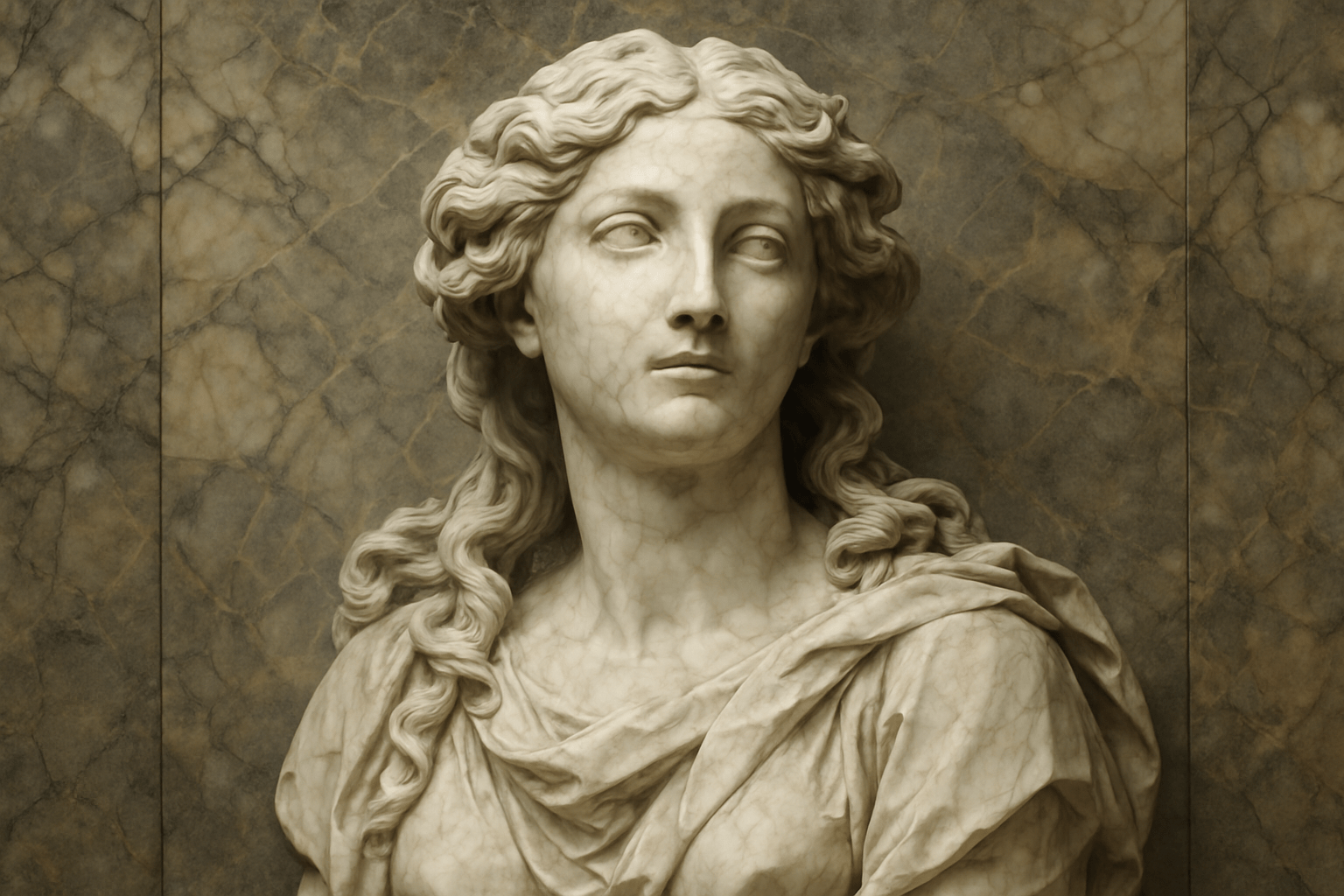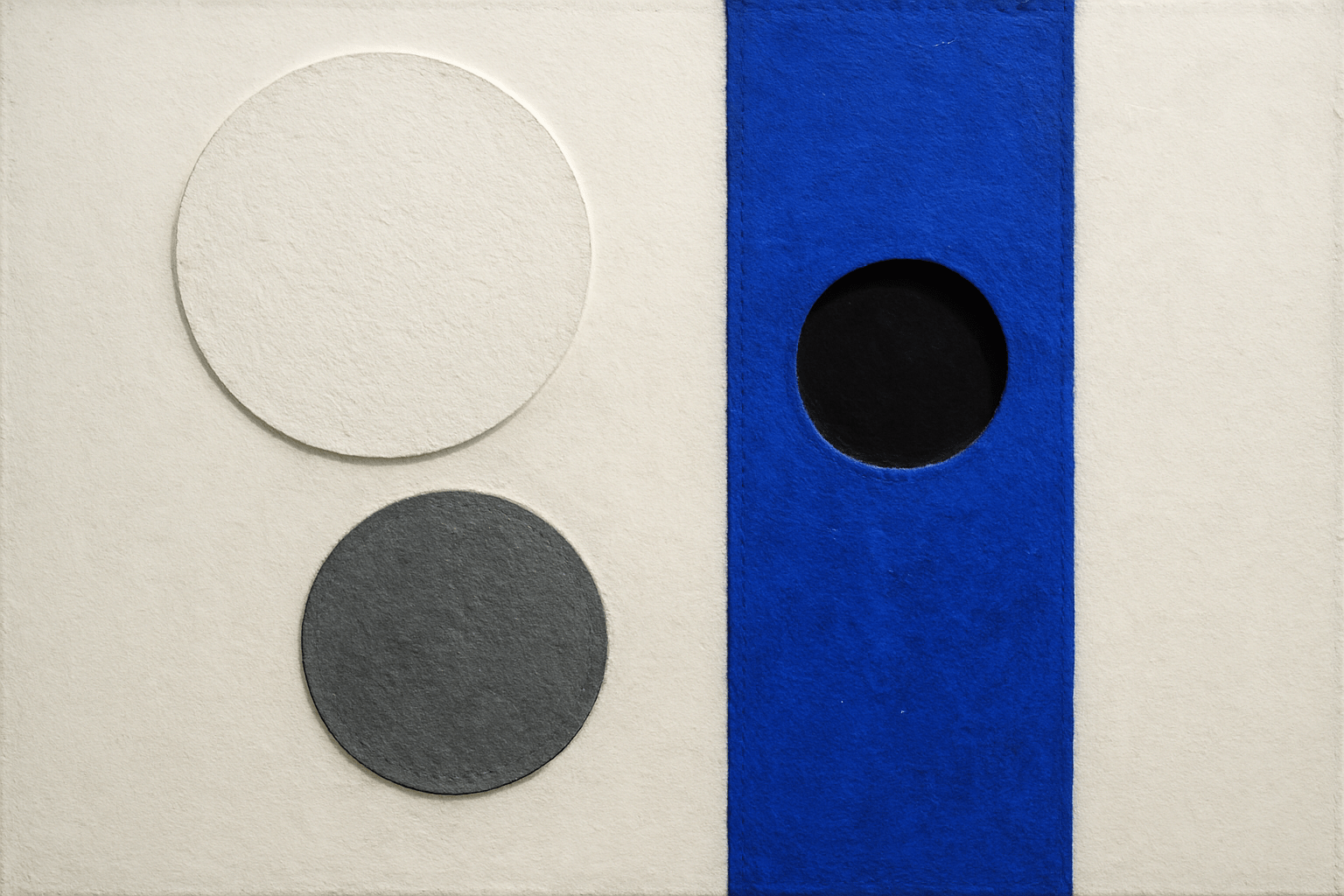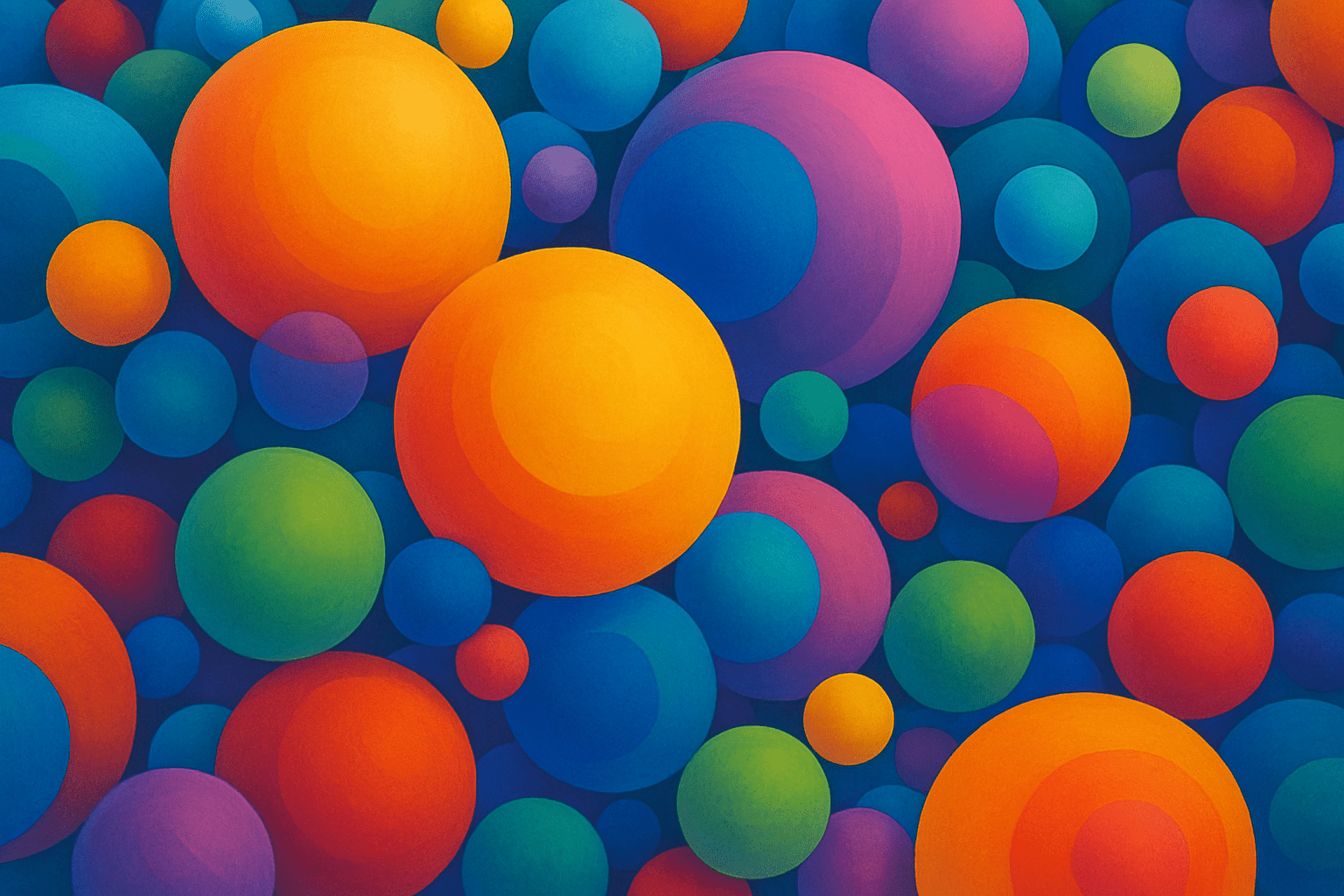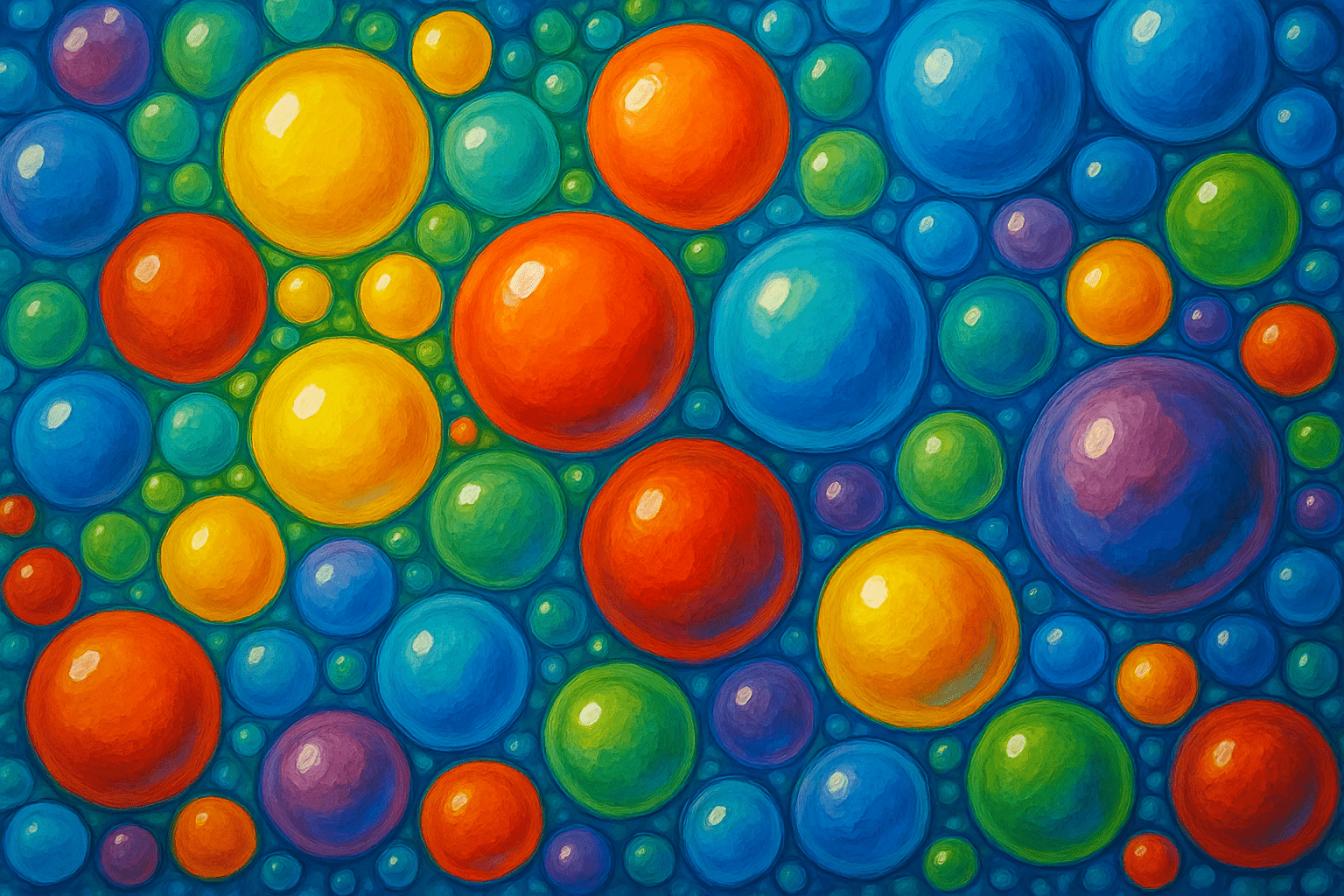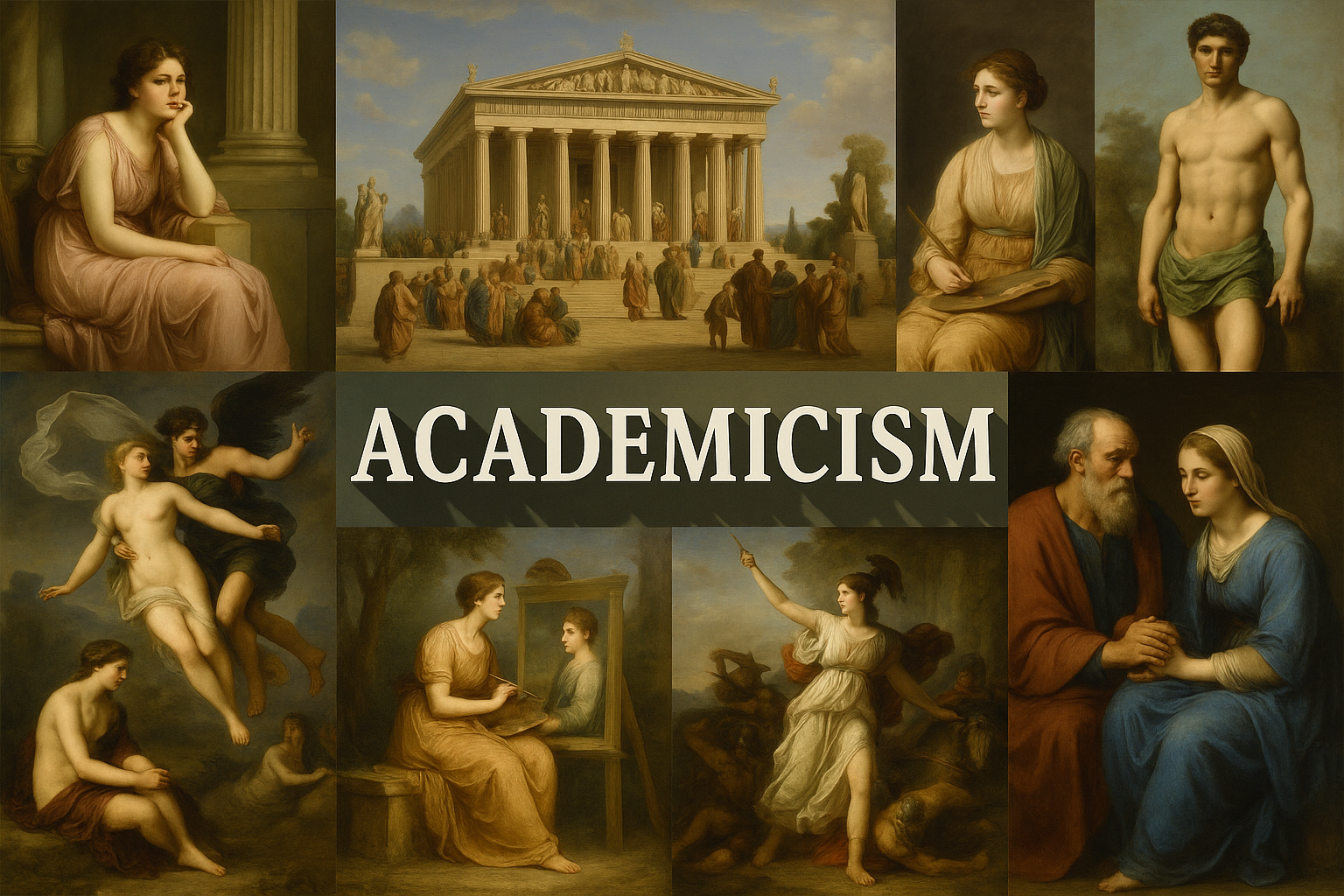
Academicism
The art style of Academicism is characterized by its realistic and detailed depiction of subject matter. This style is often associated with the traditional arts, such as painting and sculpture.
AOI thinking about Academicism [+_~]-/
Overview and Quickfacts
The Academicism art style is characterized by its realistic and detailed depiction of subject matter. This style emerged in the late 19th century in reaction to the earlier Romantic and Impressionist styles. Academic artists sought to create a more refined and polished art form that would be taken seriously by the art establishment. This style is often associated with the French Academy of Fine Arts.
Can understand it also, as:
Pedantry, pomposity, pretentiousness, stuffiness
Categorize it as:
Impressionism, Modernism
.: Dreaming :.
holds a HAIKU for the art style
:. Thought is power .:
Detailed Description
Academicism, also called academic art, is a style of painting, sculpture, and other arts that dominated Western art from the 19th century to the early 20th century. It is characterized by an emphasis on realism and the careful study of the human figure. Academic artists believed that art should be realistic and based on careful observation of the world around them. They often copied the works of earlier masters, such as the Italian Renaissance artist Raphael. Some of the most famous academic artists include French painters Jean-LÃÂéon GÃÂérÃÂôme and William-Adolphe Bouguereau, and American painter John Singer Sargent. GÃÂérÃÂôme is known for his highly detailed and realistic paintings of ancient Egypt and the Middle East. Bouguereau was a master of the human figure, and his paintings often depicted scenes from classical mythology. Sargent was one of the most successful portrait painters of his day. The academic style fell out of favor in the early 20th century, as artists began to experiment with more abstract styles of art.
.. beep, beep, beep ..
<START OF TRANSMISSION>
1. Academicism was the dominant style in painting during the 19th century. 2. Academic artists sought to revive the techniques and styles of the great masters of the past. 3. Academicism was characterized by its realistic and detailed style. 4. Academic artists often used historical subjects as their inspiration. 5. Many Academic painters were associated with the French Academy of Fine Arts. 6. Academicism was opposed to the avant-garde styles of the late 19th century. 7. The AcadÃÂémie des Beaux-Arts was the most important institution promoting Academicism. 8. Academic artists were often criticized for their conservative style. 9. Many Academic painters achieved great success and recognition during their careers. 10. The term "Academicism" is often used in a negative sense to describe traditional and conservative art. 11. Some of the most famous Academic painters include Jean-LÃÂéon GÃÂérÃÂôme, William-Adolphe Bouguereau, and Alexandre Cabanel. 12. Academicism was the dominant style in French painting during the 19th century. 13. The AcadÃÂémie des Beaux-Arts was founded in 1648 and was the most important institution promoting Academicism. 14. Academic artists were often criticized for their lack of originality and for slavishly copying the masters of the past. 15. Many Academic painters achieved great success and recognition during their careers. 16. The term "Academicism" is often used in a negative sense to describe traditional and conservative art. 17. Some of the most famous Academic painters include Jean-LÃÂéon GÃÂérÃÂôme, William-Adolphe Bouguereau, and Alexandre Cabanel. 18. Academicism was the dominant style in French painting during the 19th century. 19. The AcadÃÂémie des Beaux-Arts was founded in 1648 and was the most important institution promoting Academicism. 20. Academic artists were often criticized for their lack of originality and for slavishly copying the masters of the past.
<EOF>
.. robbel bob
Visual Examples from our image gallery
Coming soon, we are so slow .. might never come
Artists, Paintings, and more
(be aware, can be highly speculative)
Artists (be aware, speculation possible):
1. William-Adolphe Bouguereau (1825-1905) 2. Lawrence Alma-Tadema (1836-1912) 3. Gustave Moreau (1826-1898) 4. Jean-LÃÂéon GÃÂérÃÂôme (1824-1904) 5. Alexandre Cabanel (1823-1889) 6. Edward Poynter (1836-1919) 7. John William Waterhouse (1849-1917) 8. Frederic Leighton (1830-1896) 9. George Frederic Watts (1817-1904) 10. Edward John Poynter (1836-1919) 11. John Everett Millais (1829-1896) 12. William Holman Hunt (1827-1910) 13. Dante Gabriel Rossetti (1828-1882) 14. James McNeill Whistler (1834-1903) 15. John Singer Sargent (1856-1925) 16. Claude Monet (1840-1926) 17. Pierre-Auguste Renoir (1841-1919) 18. Paul CÃÂézanne (1839-1906) 19. Vincent van Gogh (1853-1890) 20. Paul Gauguin (1848-1903) 21. Georges Seurat (1859-1891) 22. Henri de Toulouse-Lautrec (1864-1901) 23. Camille Pissarro (1830-1903) 24. Mary Cassatt (1844-1926) 25. Gustave Caillebotte (1848-1894) 26. Georges Pierre Seurat (1859-1891) 27. Henri-Edmond Cross (1856-1910) 28. Maximilien Luce (1858-1941) 29. ThÃÂéophile-Alexandre Steinlen (1859-1923) 30. Alphonse Mucha (1860-1939)
Artworks (be aware, speculation possible)
1. The Hay Wagon, by American painter Andrew Wyeth (1937) 2. Christina’s World, by American painter Andrew Wyeth (1948) 3. The Charnel House, by American painter Andrew Wyeth (1945) 4. April in Paris, by American painter Edward Hopper (1932) 5. Nighthawks, by American painter Edward Hopper (1942) 6. New York Movie, by American painter Edward Hopper (1939) 7. Office in a Small City, by American painter Edward Hopper (1953) 8. Compartment C, Car 293, by American painter Edward Hopper (1938) 9. Morning in a City, by American painter Edward Hopper (1944) 10. Girl in a White Kimono, by American painter Georgia O’Keeffe (1923) 11. Black Iris, by American painter Georgia O’Keeffe (1926) 12. Red Poppy, by American painter Georgia O’Keeffe (1928) 13. White Rose with Larkspur, by American painter Georgia O’Keeffe (1925) 14. The City, by American painter Charles Sheeler (1927) 15. Skyscrapers, by American painter Charles Sheeler (1922) 16. Doylestown House, by American painter Charles Sheeler (1929) 17. Pennsylvania Coal Mine, by American painter Charles Sheeler (1935) 18. The Fourteenth of July, by French painter Claude Monet (1867) 19. The Gare Saint-Lazare, by French painter Claude Monet (1877) 20. The Haystacks, by French painter Claude Monet (1891) 21. The Poplars, by French painter Claude Monet (1891) 22. The Rue Montorgueil in Paris, by French painter Claude Monet (1878) 23. The Rue Saint-Denis in Paris, by French painter Claude Monet (1877) 24. The Seine at Argenteuil, by French painter Claude Monet (1874) 25. The Seine at Chatou, by French painter Claude Monet (1879) 26. The Seine at Lavacourt, by French painter Claude Monet (1879) 27. The Seine at Vetheuil, by French painter Claude Monet (1881) 28. The Water-Lily Pond, by French painter Claude Monet (1899) 29. Wheatstacks (End of Summer), by French painter Claude Monet (1891) 30. Wheatstacks (Snow Effect), by French painter Claude Monet (1891)
Epoch
The time period of the art style Academicism is from the late 19th century to the early 20th century.
AI ART RESSOURCES (AKA, well Tools)
Helping tools -> predefined search links on other pages:
